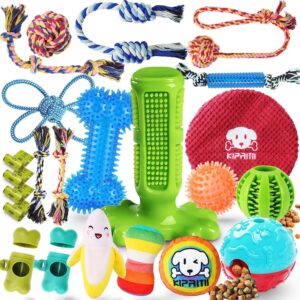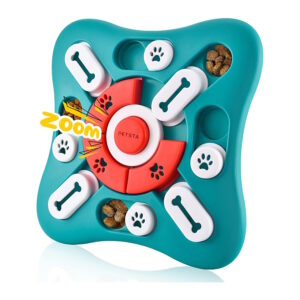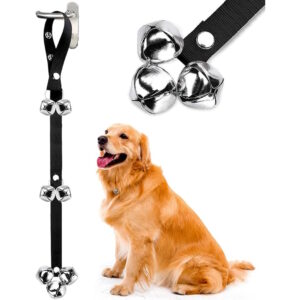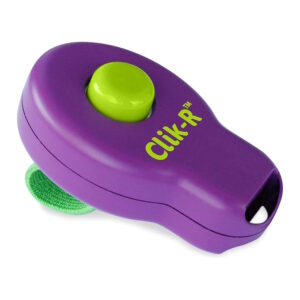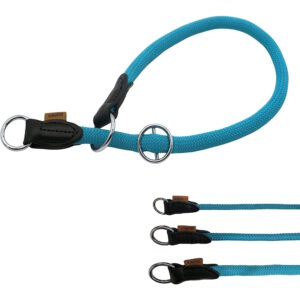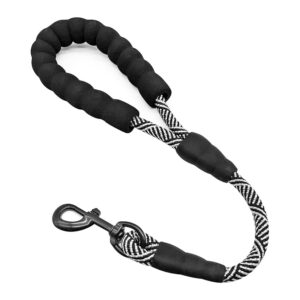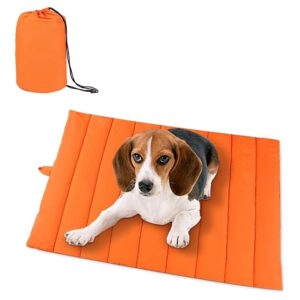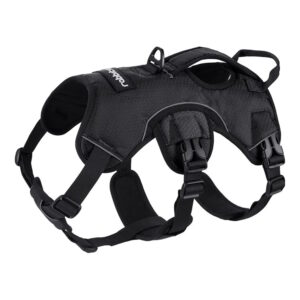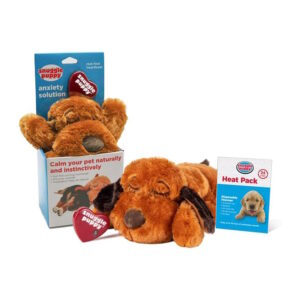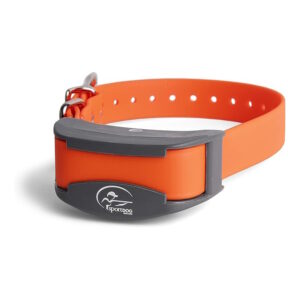Recommended Dogs Training Tools
Dog Chew Toys
Dog Puzzle Toys
Dog Training Bells
Dog Training Clickers
Dog Training Collar
Dog Training Leashes
Dog Training Mat
Dog Training Pouch
Dog Training Spray
Dog Training Toys
Dog Training Treats
Dog Training Vest
Dog Tug Toys
Sports Dog Collars
Dog training equipment can be essential in teaching your dog basic obedience commands, addressing behavioral issues, and ensuring their overall well-being. Here are some common and useful types of dog training equipment:
Leashes and Collars: Basic tools for control and safety during training sessions and walks. Consider using a standard leash for regular walks and a training leash for obedience training. Collars can vary from standard flat collars to more specialized ones like martingale collars, choke collars, and prong collars, although some trainers advocate for more positive reinforcement-based tools like harnesses or head halters.
Harnesses: Particularly useful for dogs prone to pulling or those with respiratory issues. Harnesses distribute pressure more evenly, preventing neck strain. Front-clip harnesses can discourage pulling.
Clickers: A form of operant conditioning often used in positive reinforcement training. The clicker produces a consistent sound that marks the exact moment your dog performs a desired behavior, making it easier for them to understand what they are being rewarded for.
Treats and Treat Pouches: Treats are essential for positive reinforcement training. Treat pouches allow for easy access during training sessions, keeping the treats within reach at all times.
Agility Equipment: Used for more advanced training, agility equipment includes items like tunnels, jumps, weave poles, and seesaws. These tools can improve your dog’s physical coordination, mental sharpness, and responsiveness to commands.
Muzzles: Although they may have a negative connotation, muzzles can be valuable in certain training situations, particularly for dogs that may be aggressive or reactive. They can also be useful for grooming or vet visits.
Interactive Toys: These are great for mental stimulation and can help redirect unwanted behaviors. Toys like puzzle feeders and treat-dispensing toys can keep your dog entertained and mentally engaged.
Training Treats and Food Dispensing Toys: High-value treats specifically used for training can help motivate your dog and reinforce positive behaviors. Food dispensing toys can provide mental stimulation and prevent boredom.
Whistles and Commands: Whistles can be used for specific commands or recall training. Dogs can be trained to respond to different whistle patterns, making them effective tools for off-leash training.
When choosing dog training equipment, consider the specific needs and temperament of your dog. Always prioritize positive reinforcement methods and consult with a professional dog trainer or behaviorist if you have any concerns or specific training goals.

